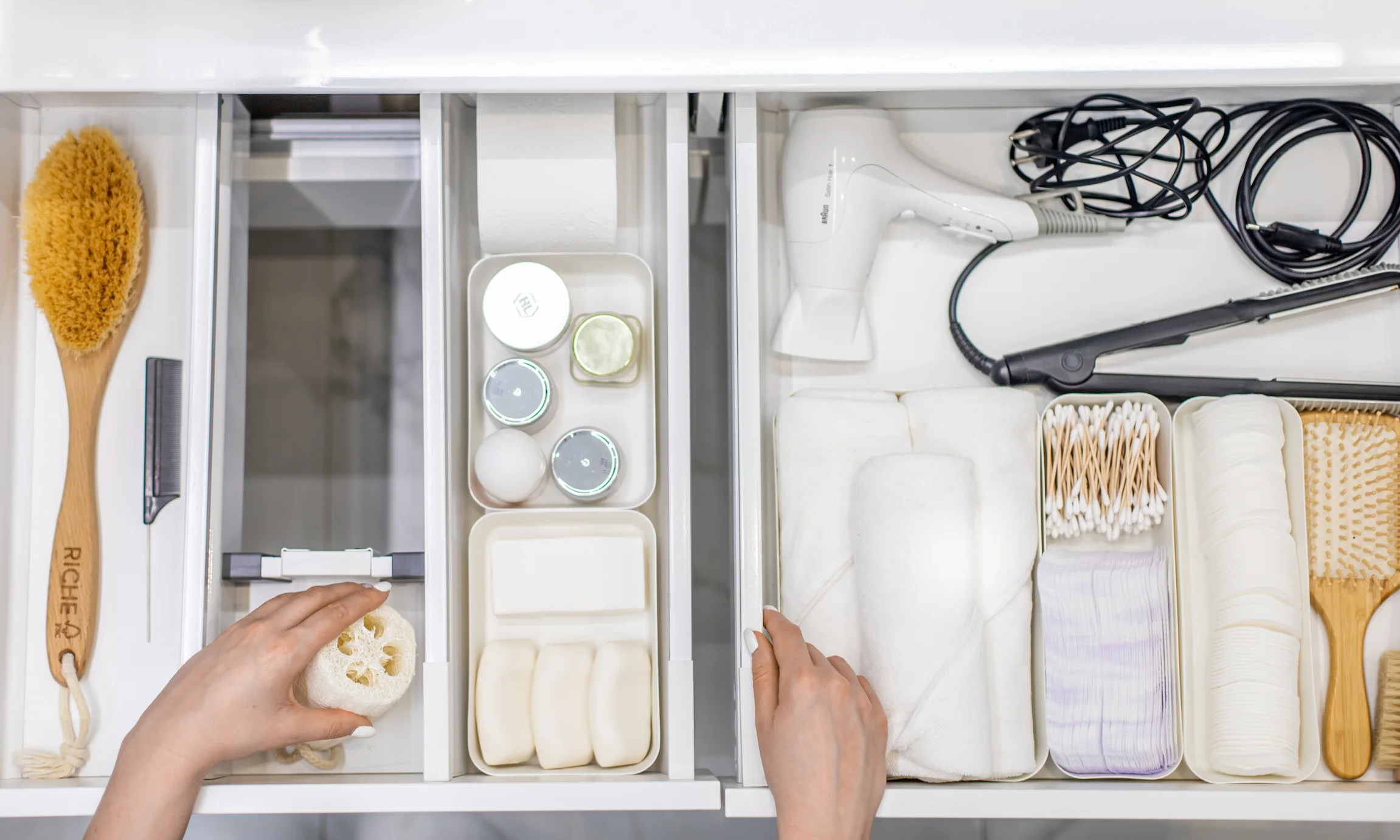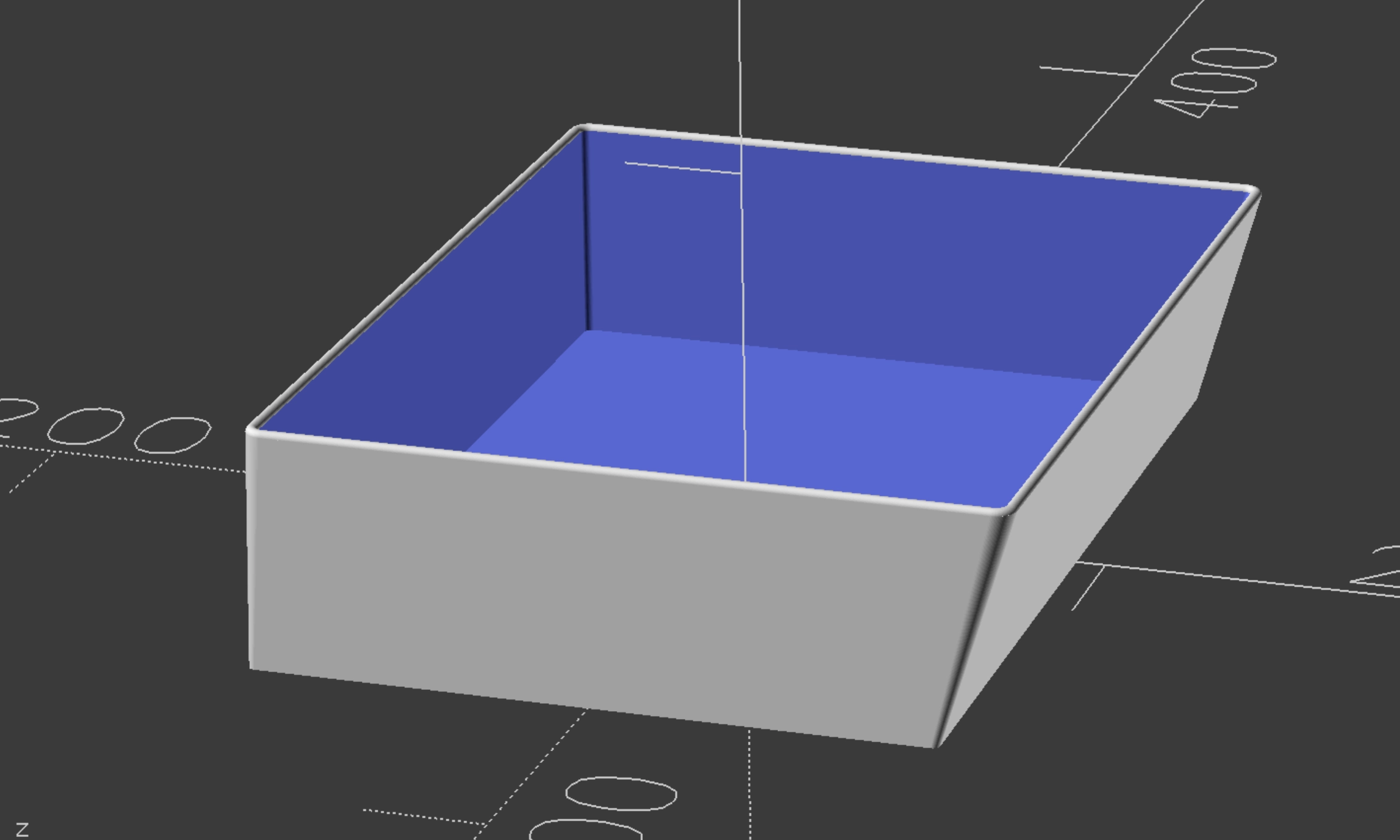
Plastic is cheap, durable, and everywhere—literally. It takes up to 500 years to break down, and even then, it doesn’t really disappear—it just gets smaller, more toxic, and more impossible to avoid. Over a million animals die each year from ingesting it. And as it slowly breaks apart in landfills, it leaches chemicals into the soil and water supply, turning convenience into a long-term environmental nightmare.
Enter bioplastic: a newer, greener material that’s non-toxic, compostable, and surprisingly durable. It’s not perfect, but it’s a big step in the right direction—and it’s what we use in every product we make at AnyDrawer.
In this article, we’ll break down what bioplastic actually is, how it compares to conventional plastic, and why we’re betting on it as the future of functional, sustainable design.
Let’s start with the basics: “bioplastic” is a catch-all term. It refers to a wide range of plastics made from renewable, biological sources—typically plants—rather than fossil fuels. But not all bioplastics are created equal.

There are two major types: PHA (polyhydroxyalkanoates) and PLA (polylactic acid).
Bioplastic has become a buzzy term for a reason—it offers most of the functionality of petroleum-based plastics, without all the long-term environmental consequences.
Here’s how it stacks up:
TL;DR: Bioplastics do what plastics do, but with a lighter footprint.
Bioplastics aren’t just hype—they’re showing up in real-world applications across industries. Every AnyDrawer organizer is made from bioplastic, giving you a storage solution that’s as functional as it is sustainable.
And beyond drawer organizers? Bioplastics are getting to work in some impressive places:

The list is growing—and it’s only getting better.
Bamboo, paper, cardboard—they’ve all been touted as sustainable alternatives to plastic. And they can be. But they also have their limits.
Unlike bamboo, bioplastics don’t splinter, warp, or mold when exposed to moisture over time. Paper and cardboard break down quickly but aren’t suitable for high-stress, high-wear applications.

Bioplastic, on the other hand, offers durability without sacrificing environmental responsibility.
Think of it this way: bamboo is great for a toothbrush handle. Bioplastic? It can handle your full kitchen drawer system—without warping, staining, or cracking under pressure.
Bioplastics offer a more sustainable, less toxic alternative to traditional plastic—one that actually works. And when used right, they can be just as strong, versatile, and sleek.
Want to see it in action? Every AnyDrawer product is made from bioplastic that’s durable, food-safe, and compostable—just one more reason to feel good about staying organized.

